|
Part 1:Ironman World Championship Kona, Hawaii  10 years. OK, 10 years minus one month. That’s the length of time between the completion of my first Ironman in Florida in 2006 (with the dream of Kona), and my first Ironman World Championship race as a qualifier (I competed in 2012 on a legacy slot). Kona 2016 was to be my 22nd full Ironman, and the culmination of a decade long goal. To say that this race became monumental in my mind is something of an understatement! And therein lies the problem. I qualified a full 13 months in advance, and that gave me plenty of time to stress and prepare. Unfortunately, I did more stressing than necessary, and less preparing than necessary. Don't get me wrong, I did a whole lot of preparing; I got a new bike, visited the wind tunnel, chose my kit, helmet, bottle location, and practiced my fueling in 5 half Ironman (70.3) races. I had nailed my mental game in my qualifying race, after getting help from a sports psychologist, but then neglected to keep up the practice. I left cards on the table that I should not have. Things just got busy. I trained a lot. Life got complicated. My dog got sick, and stayed sick. I took on too much work. I neglected my meditation time. I raced all year on a wheelset that worked well for me, but would not work in Kona, and didn’t think of that until the last minute, then scrambled to change hubs and to transport them to the island. I failed to think about how my fueling plan needed to change for the Big Island. I was afraid. I was afraid of the crosswinds, the external pressure, and my gear questions. I was afraid that this might be my only chance to prove myself at this race; after all, it took me a long time to get there, requalifying was not a given. My previous experience in Kona had landed me in the hospital in a blackout from hyponatremia, so that was scary. I felt out of control. My bike had mechanical problems, and was only partially fixed by the time it had to be shipped. Things got so busy that I hit the ground running every morning as hard as possible to barely get done what had to be done. I was tired. But I thought that once I flew to Hawaii, it would get better. It didn’t. The bike mechanical problems multiplied. I took the bike to a shop 6 times in the first 4 days. I drove out to the worst winds on the course to try different wheels, and found the winds to be as difficult as I remembered. I spent a lot of time trying to solve these problems instead of resting or eating. I wasn’t sleeping, because of jet lag, stress, and a hot, noisy bedroom. My stress level rose until all the people around me could clearly see it, and since I had not been practicing my mental strategies regularly, my efforts to bring my stress levels down weren’t working. Until it all came crashing down, literally, 5 days before the race. I got up in the middle of the night to get something to eat and passed out, hitting my head on the tile floor. And that’s what it takes to give me an attitude adjustment. I returned to consciouness on the floor and knew I was in trouble. I got checked out at the ER (can I please go to Kona without going to the ER??) They couldn't find a medical reason, but I knew the reason. I had lost the mental game before the race even started. Now I was in salvage mode. Paradoxically, I felt a huge sense of relief. 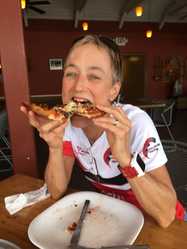 Gone were my expectations. Gone was the external pressure. I just needed to get to the start line, and then to the finish line, and at this point, getting to the start line was not a given. So, I took any course that led to less stress, even if it meant giving up time in the race. I chose the most conservative wheels, an extra bottle cage on the bike, whatever it took to decrease my fears and stress. I took time off, whether my schedule called for it or not, I found ways make my environment more conducive to sleep, I meditated, had fun, and I ate (a lot!). Race day arrived, and I was thinking and making good decisions. Ironman is a race of patience and good decision making, so that’s critical. I got tested early – as I got ready for the swim, the zipper on my Roka swim skin failed. I borrowed a cell phone and called Ivan to run back to the condo for my TYR skin, as the women filed toward the start. There was a surreal moment, when all the women were lined up in the water to start, and I stood on the stairs leading into the water with the CEO of Ironman, Andrew Messick, looking for Ivan in the crowd. Finally I pulled up my sleeved tri suit, which isn’t made for swimming, and got in the water. It is what it is, and I would make the best of it, without getting upset. Win!  The swim went smoothly; I was in a good group of women, although it got broken up when we had to swim around some pushy slow men who’d had a head start. I chafed pretty badly from the suit, but no surprise there. T1 was methodical and careful. On to the bike! Kona is a unique beast. The swim, the bike and run are each very challenging, as opposed to other races. There is also a huge difference in the race dynamic. Surrounded by the best in the world, people used to being in the front of the field find themselves in the middle, or the back, and that’s where I found myself. Luckily for me, I’d already had my attitude adjustment in the condo, so I just settled in, and prepared to tackle my fears of the wind. With my conservative gear choices, I found the side winds that had scared me so much were manageable. Head winds are annoying, but I can practice those at home. Because the amateur women start in the last of 4 waves, we get the worst of the heat and winds on the bike course, and at mile 70, I was digging into those headwinds and beginning to get tired. 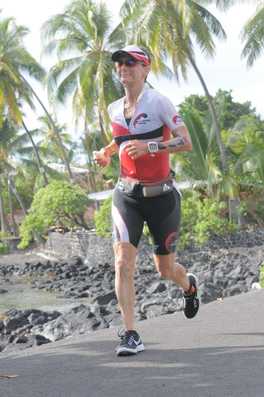 There is another problem with being last to start that I had not considered. At mile 80, the aid stations ran out of water. I found myself tiring, riding into a head wind, in crazy heat and humidity, looking at piles of empty bottles on the side of the road, with no available water. My plan involves carrying everything I need (concentrated Skratch drink and Skratch Fruit Drops), but water is required for both my fluid and calories. I did not see a good way out of this problem. I could try the Gatorade, which I knew would wreak havoc on my GI tract, or go dry and see if the next aid station had water. I went for option 2. It would have worked, except that between mile 70 and 112, there ended up being only 1 aid station that had water left for the amateur women’s race. Trying to manage my emotional response to being left dry at the World Championships, a race with a $1000 entry fee, was difficult. It was also scary, considering that I had been hospitalized the only other time I had competed here, and going without fluid in high heat and humidity carried a medical risk. But I soldiered on. I rode into T2 with a brake dragging and squealing on my bike, and with gut cramps, but upright. I started the run at a walk, waiting for my gut to settle, and getting what I needed. That turned into a run, and I walked the aid stations. My legs never came online, but things did pull back together somewhat, and mentally I was savoring the experience of the World Championship race, and grateful to be there. I got out onto the Queen K highway, and then met the unthinkable – the run aid stations were out of water. There was none at mile 14, and they announced that all stations were out. At that moment, I truly did not know how this would end, and I worked to stay calm. Luckily, the announcer was wrong, and subsequent stations did have water.
I was grateful, but I wanted another chance at this course! Would I ever get it? Would it take another 10 years? I knew I had not achieved what I am capable of, and wanted to try again. In that way, my performance goals act as a driver. Part 2: Ironman Arizona 2016 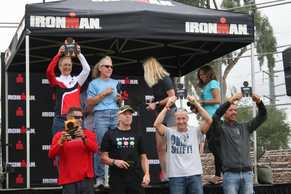 6 weeks later, I toed the line at Ironman Arizona. I didn’t hide the fact that I was racing, but I didn’t announce it or talk about it much. That allowed me to decrease the external pressure I created for myself. I warned people around me not to place expectations on the race. I methodically worked out every detail prior to the race, and made every decision before making the trip. I worked on my mental game and meditated daily. I focused on getting sleep and eating in the days leading up to the race. Life got less stressful when the dog got diagnosed with cancer, had the tumor and some intestine removed, and finally got better. I decreased my workload. I was preternaturally calm on race morning. I focused on my task, executed a very patient race, and got it done….winning my age group, and punching my ticket for Kona 2017. It shows that you cannot win a race on mental fitness alone, but you surely can lose it. So I have another chance! Kona does not frighten me now, although it has my deep respect. The course itself is the greatest competitor I have ever faced, and it requires me to be my best self. I know I have the ability to perform at a higher level than I have. To do that, I have to do more than physically prepare. I have to become a better me.
Many thanks to my coach, Brian Stover of Accelerate 3, Skratch labs, Torhans, ISM saddles, my husband, and the village of support people who make my success possible! |
AuthorSusan Ford is a coach, triathlete and veterinarian who enjoys sharing life with others. Archives
January 2017
Categories |
Proudly powered by Weebly
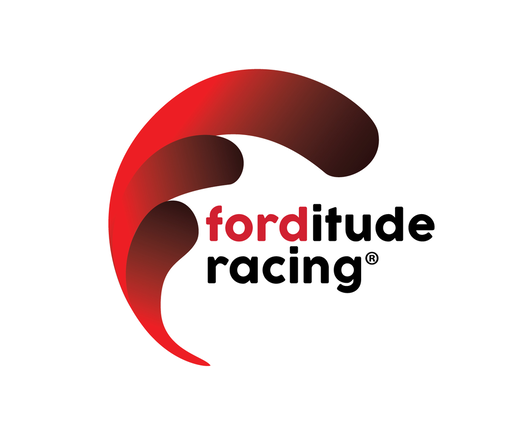
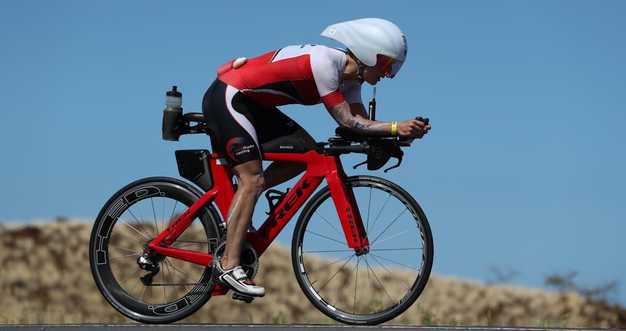
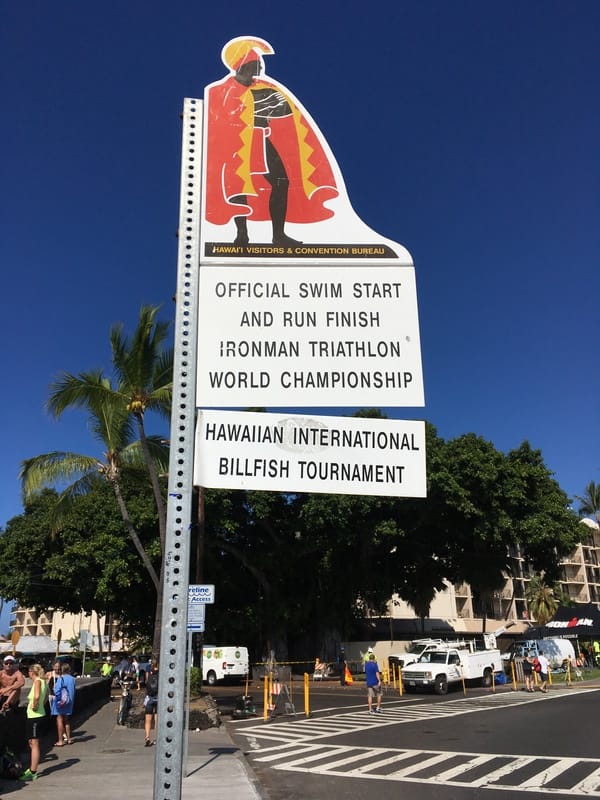
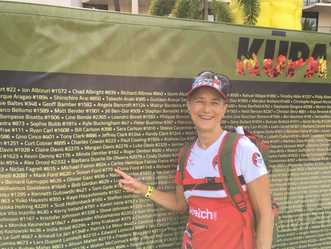
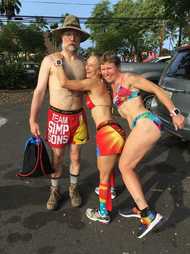
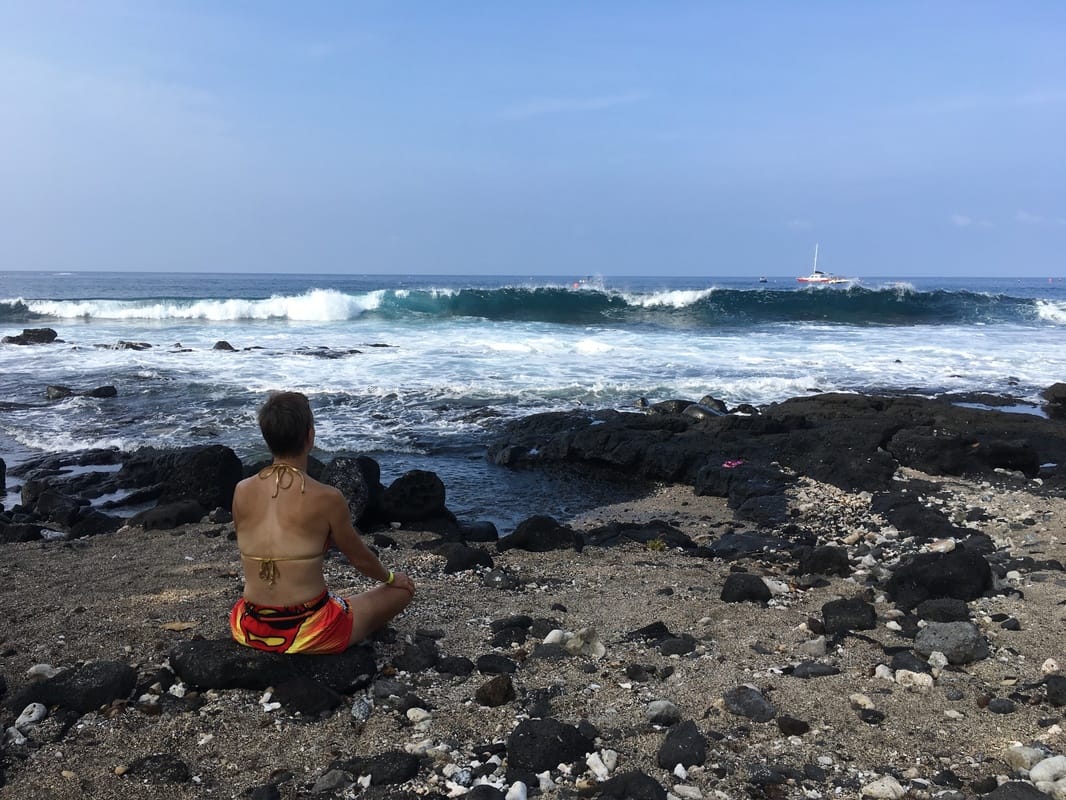
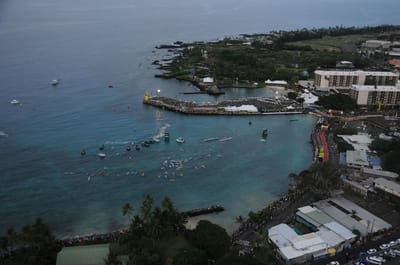
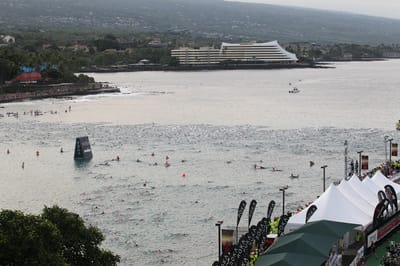
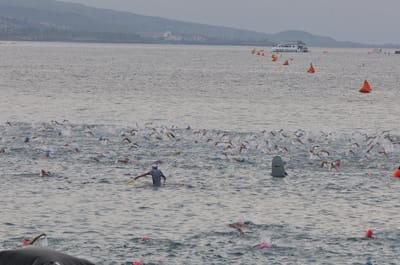
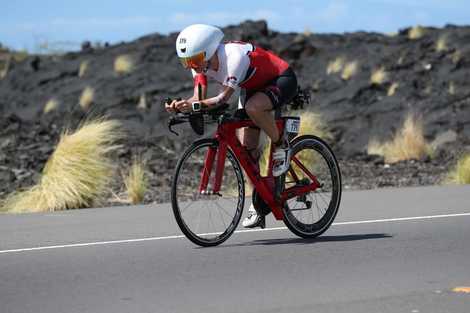
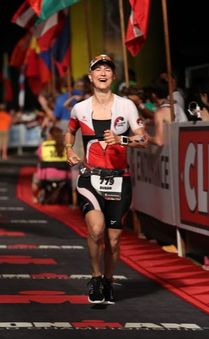
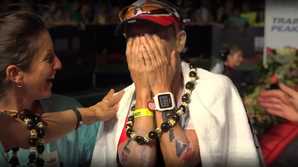
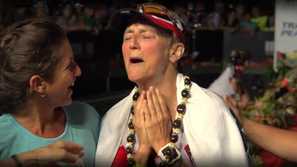
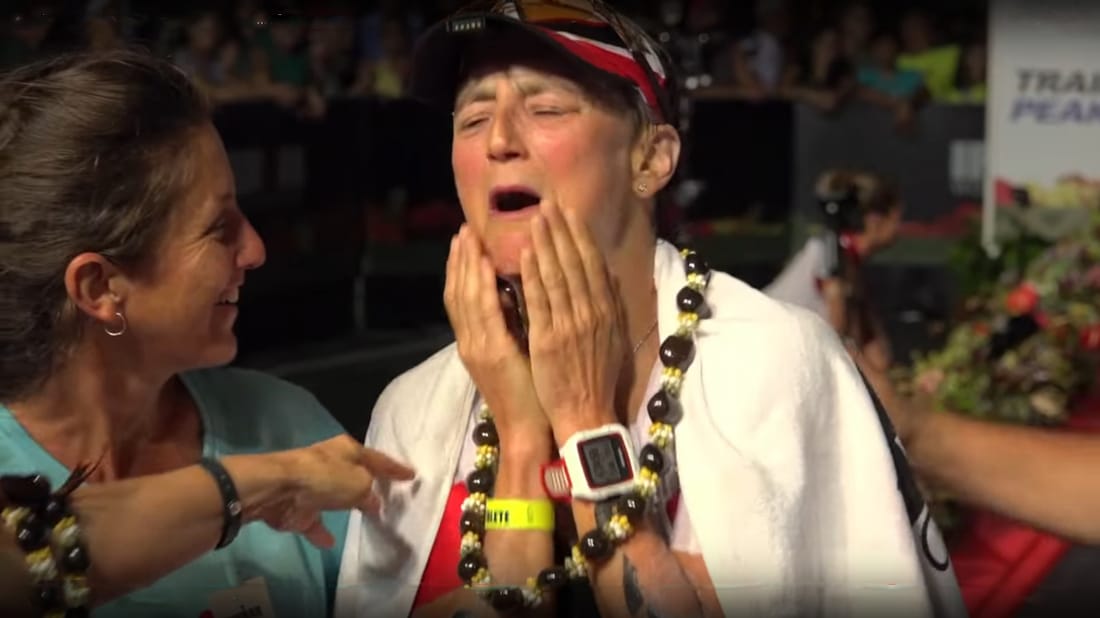
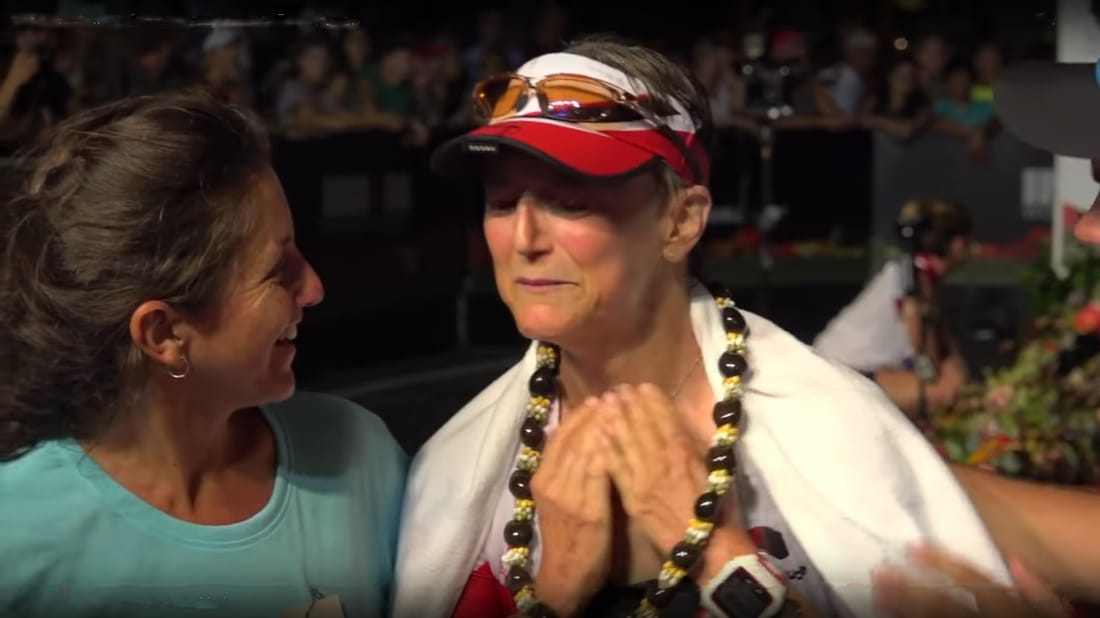
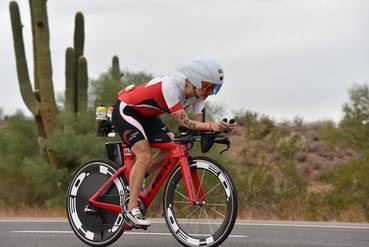
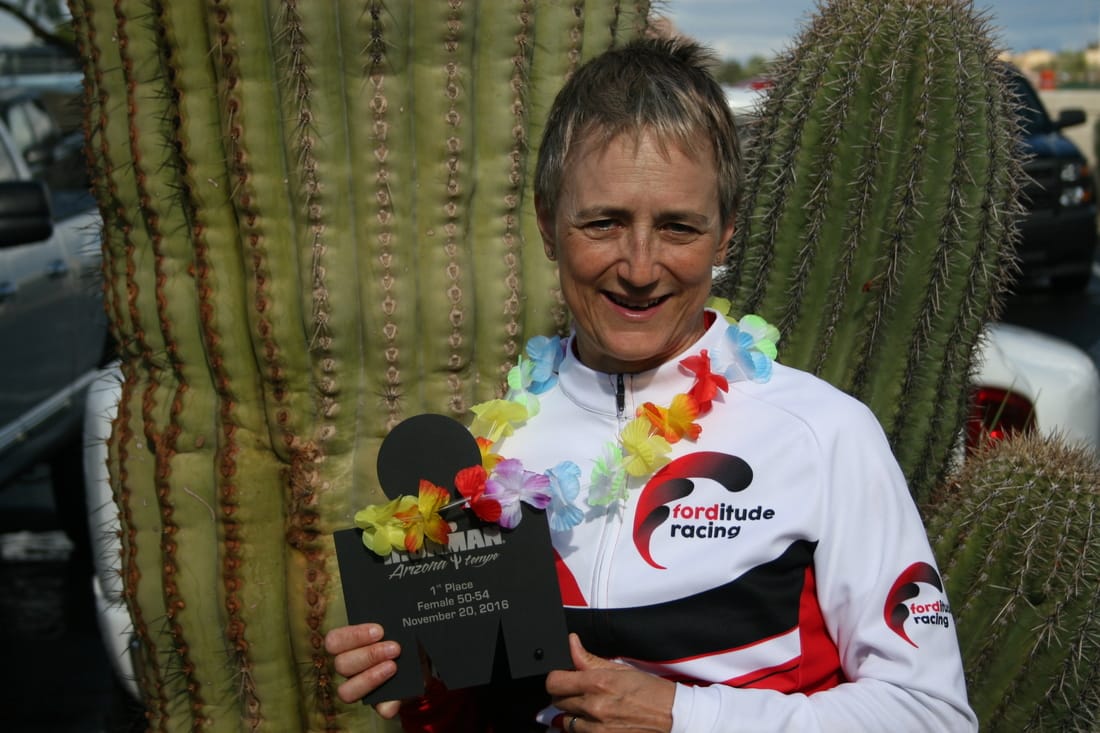
 RSS Feed
RSS Feed